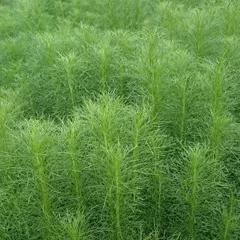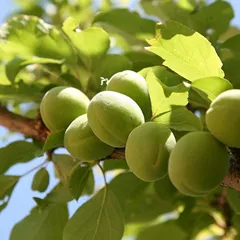Biliary ascariasis according to Chinese Medicine
The information provided here is not a replacement for a doctor. You shouldn't use it for the purpose of self-diagnosing or self-medicating but rather so you can have a more informed discussion with a professional TCM practitioner.
In Chinese Medicine, biliary ascariasis is sometimes associated with Phlegm Heat in the Lungs, a so-called "patterns of disharmony". Chinese Medicine sees the body as a system, not a sum of isolated parts. A "pattern" is when the system's harmony is disrupted. It is not equivalent to the Western concept of "disease" because both concepts arise from totally different ways of seeing the human body.
To understand whether someone's biliary ascariasis might be caused by the pattern Phlegm Heat in the Lungs, one needs to look for signs and symptoms associated with the pattern beyond what one might typically experience from biliary ascariasis alone. Indeed if biliary ascariasis is caused by Phlegm Heat in the Lungs, patients also experience symptoms such as constipation, bitter taste in the mouth, coughing of copious thick yellow sputum and chest pain. Similarly, patients with Phlegm Heat in the Lungs typically exhibit rapid (Shu) or slippery (Hua) pulses as well as a tongue with sticky coating, yellow coating.
We've listed below a more detailed description of Phlegm Heat in the Lungs so that you can have a better understanding of where biliary ascariasis might find its root according to Chinese Medicine.
Once identified, patterns are often treated using herbal formulas. Drinking herbal infusions is the most common remedy in Chinese Medicine, together with acupuncture. Here we detail below three formulas that can help treat Phlegm Heat in the Lungs.
Phlegm Heat in the Lungs, a "pattern of disharmony" associated with biliary ascariasis
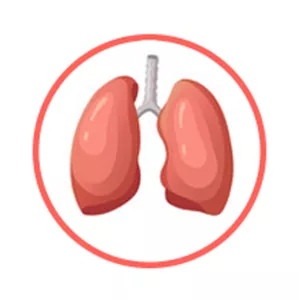
The Lungs is a so-called "Zang" Organ. Learn more about the Lungs in Chinese Medicine
Phlegm Heat in the Lungs
Pulse type(s): Rapid (Shu), Slippery (Hua)
Tongue coating: Sticky coating, Yellow coating
Tongue shape: Swollen
Recommended herbal formula: Xiao Xian Xiong Tang
Symptoms: Clump Phlegm Chest pain Constipation Epigastric pain Clumping in the chest Bitter taste in the mouth Epigastric focal distention Focal distention of the chest Coughing of copious thick yellow sputum
Biliary ascariasis might be due to Phlegm Heat in the Lungs if the condition is paired with typical pattern symptoms such as constipation, bitter taste in the mouth, coughing of copious thick yellow sputum and chest pain. Similarly, patients with Phlegm Heat in the Lungs typically exhibit rapid (Shu) or slippery (Hua) pulses as well as a tongue with sticky coating, yellow coating.
The three herbal formulas that might help with biliary ascariasis

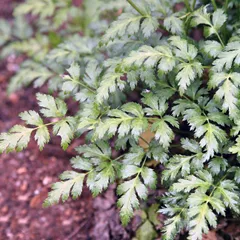
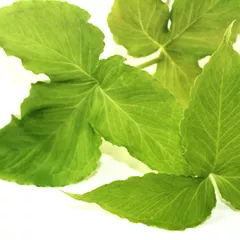
The top herbs in Xiao Xian Xiong Tang are Snake Gourds (Gua Lou), Goldthread Rhizomes (Huang Lian) and Crow-Dipper Rhizomes (Ban Xia)
Xiao Xian Xiong Tang
Source date: 220 AD
Number of ingredients: 3 herbs
Key actions: Clears Heat. Transforms Phlegm. Expands the chest. Dissipates clumps.
Why might Xiao Xian Xiong Tang help with biliary ascariasis?
Because it is a formula often recommended to help treat Phlegm Heat in the Lungs, a pattern sometimes associated with biliary ascariasis. If it looks like you might suffer from Phlegm Heat in the Lungs, this formula might help (although please seek confirmation with a professional practitioner beforehand).
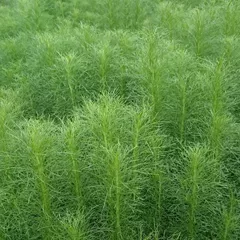
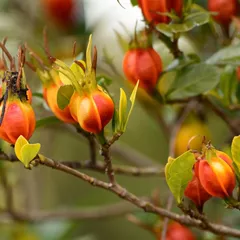
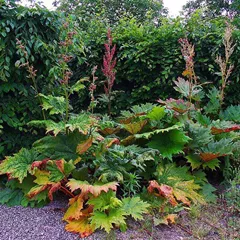
The top herbs in Yin Chen Hao Tang are Virgate Wormwood (Yin Chen), Cape Jasmine Fruits (Zhi Zi) and Rhubarb (Da Huang)
Yin Chen Hao Tang
Source date: 220 AD
Number of ingredients: 3 herbs
Key actions: Clears heat. Resolves dampness. Reduces jaundice.
Why might Yin Chen Hao Tang help with biliary ascariasis?
Because it is a formula often recommended to help treat , a pattern sometimes associated with biliary ascariasis. If it looks like you might suffer from , this formula might help (although please seek confirmation with a professional practitioner beforehand).
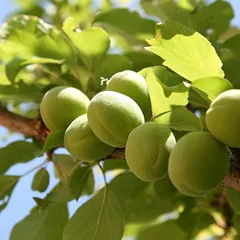
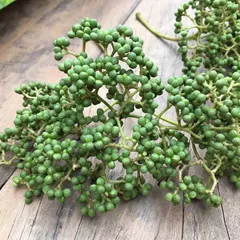
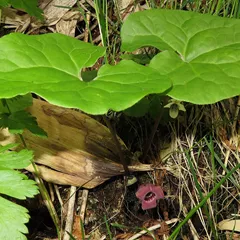
The top herbs in Wu Mei Wan are Chinese Plums (Wu Mei), Sichuan Pepper (Hua Jiao) and Wild Ginger (Xi Xin)
Wu Mei Wan
Source date: 220 AD
Number of ingredients: 9 herbs
Key actions: Warms the Organs. Drains Heat. Calms roundworms. Drains the Liver. Calms the Stomach.
Why might Wu Mei Wan help with biliary ascariasis?
Because it is a formula often recommended to help treat , a pattern sometimes associated with biliary ascariasis. If it looks like you might suffer from , this formula might help (although please seek confirmation with a professional practitioner beforehand).
Symptoms related to biliary ascariasis
Constipation Bitter taste in the mouth Coughing of copious thick yellow sputum Chest pain Focal distention of the chest Epigastric pain Epigastric focal distention Phlegm Clump Clumping in the chest


